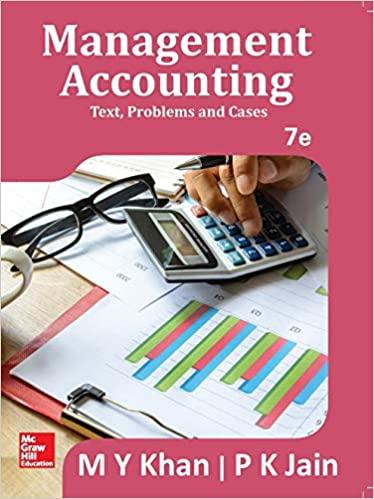Question
2. The receivable that is usually evidenced by a formal instrument of credit is a(n) a. trade receivable. b. note receivable. c. accounts receivable. d.
2. The receivable that is usually evidenced by a formal instrument of credit is a(n) a. trade receivable. b. note receivable. c. accounts receivable. d. income tax receivable.
3. The two methods of accounting for uncollectible receivables are the allowance method and the
| a. | equity method |
| b. | direct write-off method |
| c. | interest method |
| d. | cost method |
4.
Under the direct write-off method of accounting for uncollectible accounts, Bad Debts Expense is debited
| a. | at the end of each accounting period. |
| b. | when a credit sale is past due. |
| c. | whenever a pre-determined amount of credit sales have been made. |
| d. | when an account is determined to be worthless. |
5. One of the weaknesses of the direct write-off method is that it
| a. understates accounts receivable on the balance sheet | ||||||||
| b. violates the matching principle | ||||||||
| c. is too difficult to use for many companies | ||||||||
| d. is based on estimates 6. A 90-day, 12% note for $10,000, dated May 1, is received from a customer on account. The maturity value of the note is
|
Step by Step Solution
There are 3 Steps involved in it
Step: 1

Get Instant Access to Expert-Tailored Solutions
See step-by-step solutions with expert insights and AI powered tools for academic success
Step: 2

Step: 3

Ace Your Homework with AI
Get the answers you need in no time with our AI-driven, step-by-step assistance
Get Started


